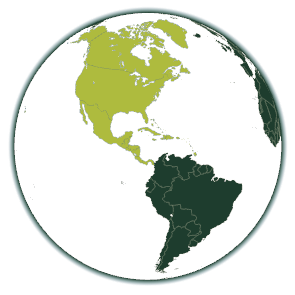Helianthus tuberosus
Topinambur
Helianthus tuberosus, also known as Jerusalem artichoke or Topinambur, is a perennial herbaceous plant that can grow up to 3 metres high. Originally from North America, the plant was introduced to Europe in the 17th century. It is characterised by its star-shaped yellow flowers, which bear a resemblance to the well-known sunflower. A characteristic feature of the species is its underground storage tissue, which forms thick tubers. Helianthus tuberosus prefers sunny locations and grows well in nutrient-rich soil. It can be found on roadsides, in gardens, on banks and in agricultural areas. The plant spreads both by seed and vegetatively through its tubers, allowing effective dispersal and establishment in new areas.
Types of damage
Region of origin
North America

Introduction vectors
Current distribution
Based on the FlorKart Database of the Federal Agency for Nature Conservation, as of 2013
Miscellaneous
Dispersion forecast
Indicates the proportion of land suitable for habitat under current and future climate conditions (2060-2080) under three emission scenarios (RCP26, RCP45 & RCP85).

Habitat suitability under current climate conditions
These habitat suitability maps show for Helianthus tuberosus where suitable habitat conditions exist.
The map on the left shows this for current climate conditions. Below this are maps for the time classes 2040-2060 and 2061-2080, in which three different emission scenarios can be selected.
The slider at the top left allows you to adjust the opacity of the map to make orientation easier.
By clicking on the respective quadrant, information on the environmental conditions present in it can be called up.
The methodology is explained here beschrieben.















